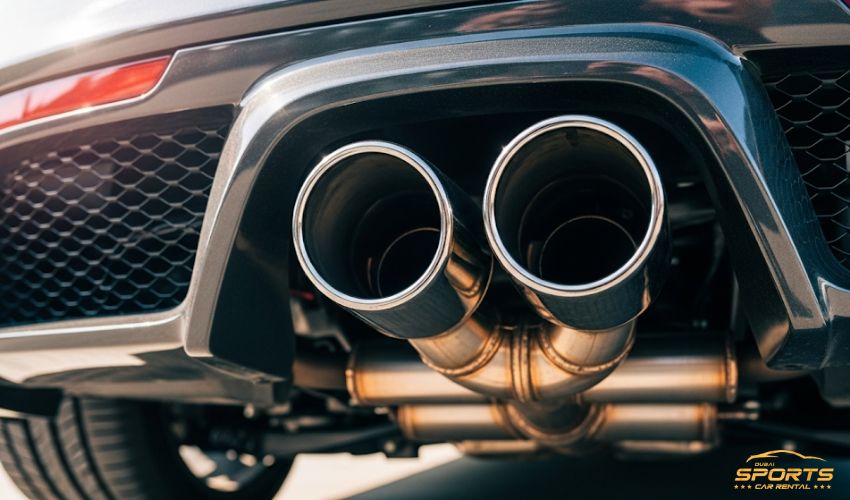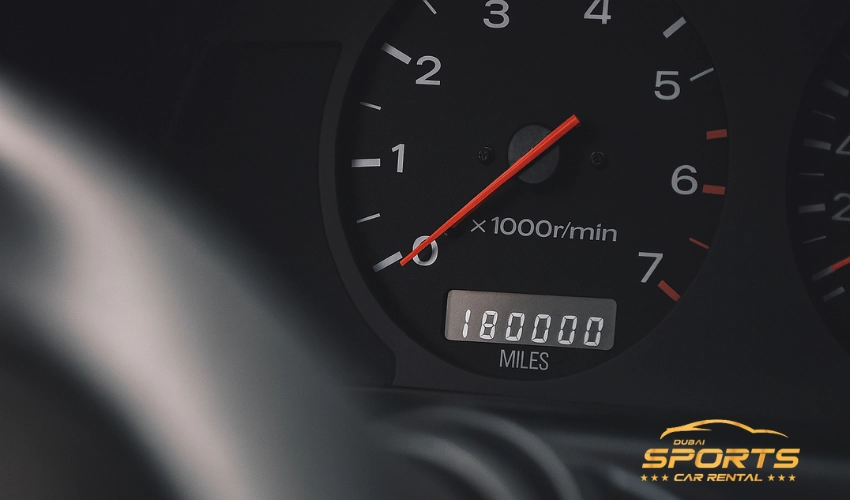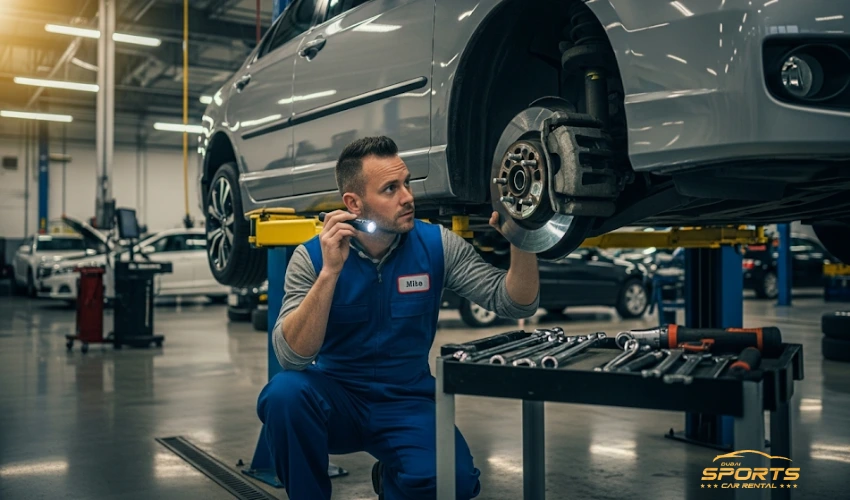First, Define Your Goal: What Sound Do You Want?
Do you want to upgrade a sports car exhaust? If yes, its important to define your goal. Before you look at a single part, you must define your ideal outcome. The “best” exhaust is entirely subjective and depends on how you use your car.
The Sound Spectrum: From GT Growl to Track Scream
Think of exhaust notes on a spectrum. On one end, you have the deep, refined Grand Touring (GT) growl. It is more pronounced than stock but won’t attract unwanted attention or become tiresome on long drives.
On the other end is the high-pitched track scream, designed for maximum performance with little concern for volume. In between, you will find aggressive tones that signal performance without being obnoxious. Your goal is to find your perfect spot on this spectrum.
Daily Driver vs. Weekend Weapon: The Drone Factor
Exhaust drone is a low-frequency, resonant hum that occurs at constant cruising speeds, typically between 2,000 and 3,000 RPM. For a car you drive daily on the highway, drone can be infuriating. For a weekend track car, it is a minor annoyance. Many high-quality systems use Helmholtz resonators or quarter-wave tubes specifically to cancel out these drone-producing frequencies.
Parts of Your Exhaust System
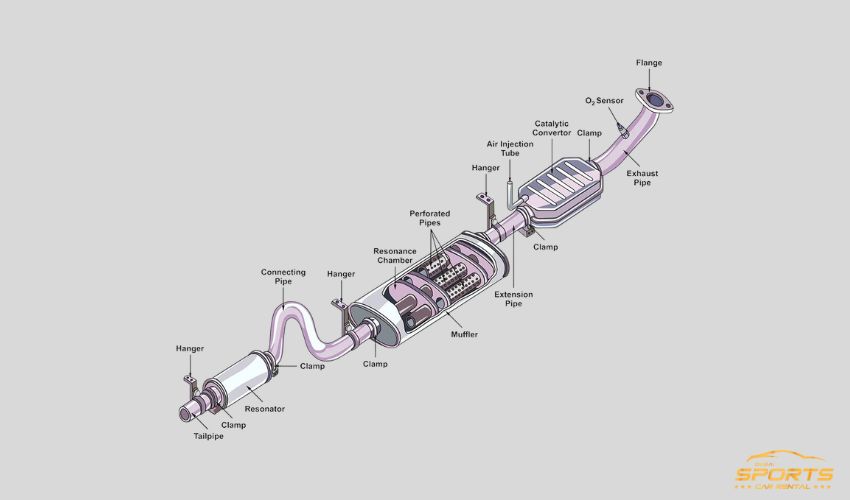
An exhaust is more than just the tips you see. It is a complete system, and upgrading different parts yields different results.
- Headers / Exhaust Manifold: These collect exhaust gases from the engine cylinders. Upgrading to tubular headers is a complex job that offers significant power gains by improving gas flow.
- Catalytic Converters: These emissions-control devices are restrictive. High-flow catalytic converters can free up some power while keeping the car street-legal. Test pipes or “cat-deletes” offer maximum flow but are typically for off-road use only and will cause you to fail emissions tests.
- Mid-Pipes / Resonators: This section further shapes the sound. X-pipes and H-pipes balance exhaust pulses from each cylinder bank, which can alter the sound from a muscle-car burble (H-pipe) to a higher-pitched exotic wail (X-pipe).
- Mufflers / Silencers: This is the primary component for noise reduction. Aftermarket mufflers use different internal designs (for example, chambered vs. straight-through) to reduce backpressure and change the sound volume and quality.
- Exhaust Tips: While mostly cosmetic, the size and style of the tips complete the look of your upgrade.
Types of Sports Car Exhaust Upgrades
Most upgrades fall into three categories. The right choice depends on your budget and performance ambitions.
| Upgrade Type | Components Replaced | Cost | Performance Gain | Sound Impact |
| Axle-Back | Mufflers and tips only | Low | Minimal (0-5 hp) | Moderate |
| Cat-Back | All parts from the catalytic converter back | Medium | Moderate (5-15 hp) | Significant |
| Full System | Headers, cats, and all back sections | High | Maximum (15-40+ hp) | Maximum |
Material Matters: Choosing the Right Metal
The material of your exhaust affects its weight, durability, and even its sound.
- T304 Stainless Steel: This is the industry standard. It offers excellent corrosion resistance and durability at a reasonable cost. It produces a deep, solid tone.
- Titanium: This is the premium, lightweight option, often saving 40-50% in weight compared to a stainless steel system. A 2024 study by the Journal of Materials Research and Technology highlights its high strength-to-weight ratio. It produces a very distinct, metallic, and often higher-pitched sound.
- Inconel: An exotic nickel-chromium superalloy used in Formula 1 and high-end hypercars. It is incredibly light and heat-resistant, producing a sharp, piercing wail. It is also exceptionally expensive.
The Hidden Factors of Upgrading a Sports Car Exhaust
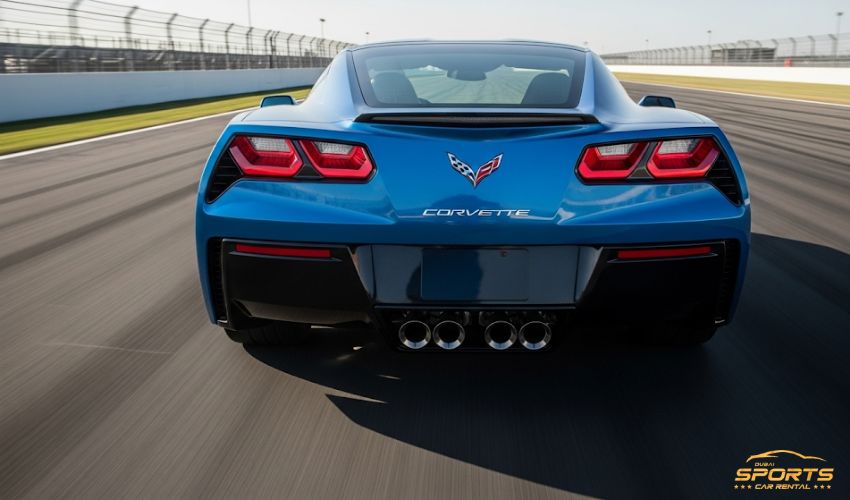
A successful upgrade considers the entire car as a system.
ECU Tuning: When Is It Necessary?
If you are only installing a cat-back system, an ECU (Engine Control Unit) tune is generally not required. However, for a full system upgrade with high-flow cats or headers, an ECU tune is vital. Without it, you may trigger a “Check Engine” light and will not realize the full power gains from your new hardware.
Exhaust Valves: Keeping the Peace
Many modern sports cars, like the C8 Corvette and Porsche 718, use electronically controlled exhaust valves. These valves open or close based on RPM and drive mode to keep the car quiet at low speeds and loud under acceleration. Some aftermarket systems retain this functionality, while others delete it. Keeping the valves gives you the best of both worlds: quiet when you need it, loud when you want it.
Warranty and Emissions Compliance
Be aware that modifying your exhaust may void your vehicle’s powertrain warranty. Always check with your dealer or manufacturer. In addition, removing or replacing catalytic converters can cause your vehicle to fail state-mandated emissions inspections. Always check your local laws before making changes.
A Note on Installation: DIY vs. Professional
An axle-back or cat-back system can often be installed by a mechanically inclined owner with a good set of tools and car ramps. However, due to the complexity and potential need for an ECU tune, installing headers and full systems is a job best left to a professional performance shop.
Final Words: Upgrade a Sports Car Exhaust
The single biggest mistake I see is a buyer choosing an exhaust based on forum hype or horsepower numbers alone. Sound is deeply personal. What one person finds exhilarating, another finds irritating.
My strongest advice is this: find videos of your exact car model with the specific exhaust system you are considering. Use good headphones, not your phone speaker. Listen for the sound during cold starts, light acceleration, and highway cruising.
FAQs – Upgrade a Sports Car Exhaust
How much horsepower does an exhaust upgrade really add?
For a cat-back system on a naturally aspirated engine, expect a realistic 5-15 horsepower gain. Turbocharged cars can see slightly more. Significant gains of 25+ horsepower typically require a full system upgrade, including headers and a corresponding ECU tune to optimize fuel and timing.
Will a new exhaust make my car drone on the highway?
It can, especially with cheaper or aggressively designed systems. High-end brands invest heavily in engineering to cancel out drone frequencies. Look for systems that mention “drone-free” designs or feature Helmholtz resonators. This is a key differentiator between budget and premium products.
Is a titanium exhaust worth the high cost?
For most drivers, no. The cost is substantial, and the primary benefit is weight savings that are most noticeable on a racetrack. However, if you are building a dedicated track car where every pound matters, or you desire the unique, crisp sound that only titanium can produce, it can be a worthwhile investment.
References:
- American Journal of Engineering Research. Recent developments in titanium and its alloys for automotive applications.
- Akrapovic d.d. Technical information on materials.
- Porsche AG. Porsche Sports Exhaust Systems.

